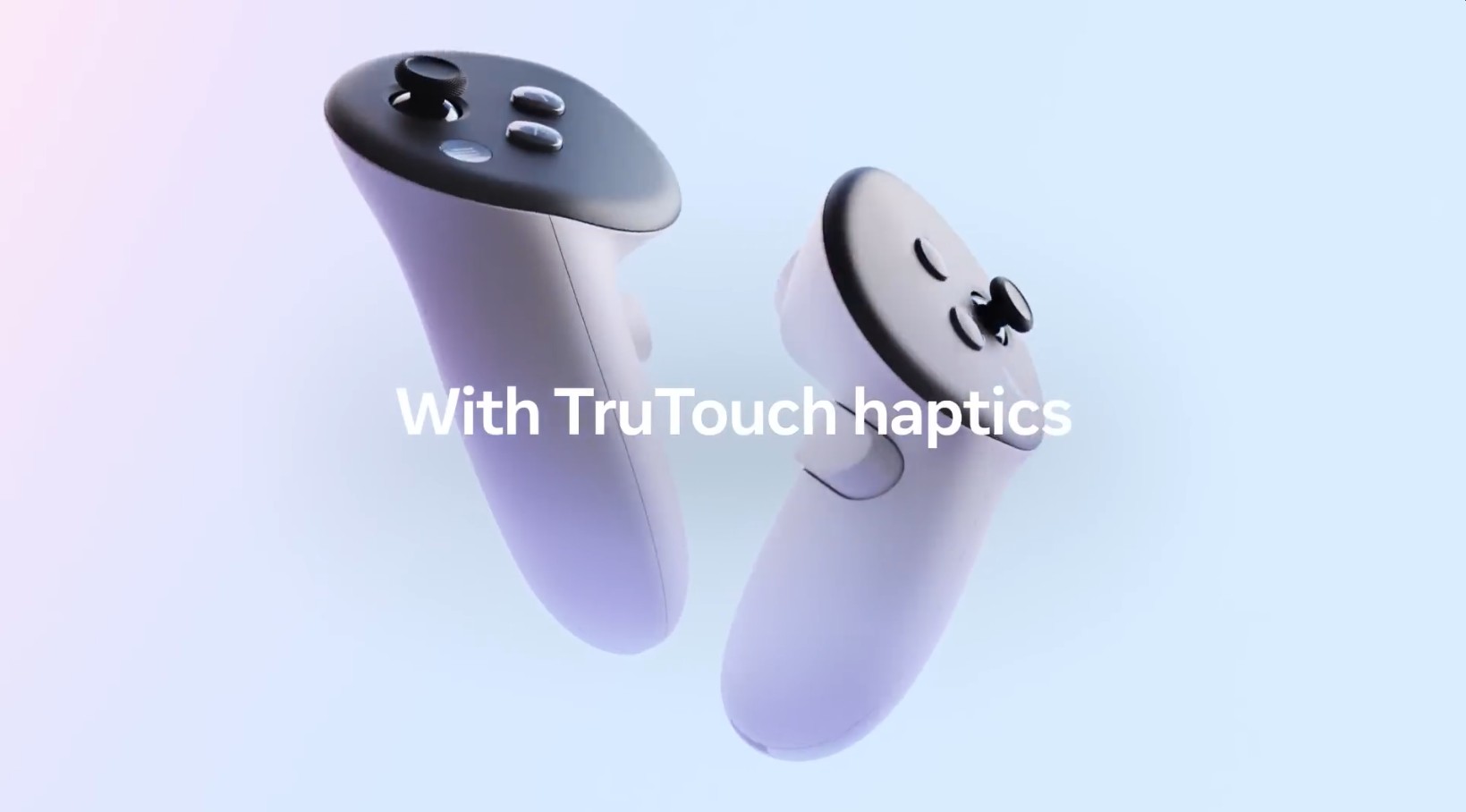Who needs an external battery when you have good old-fashioned emotions?
Scientists based out of Nanyang Technological University, Singapore (NTU Singapore) have begun working on augmented reality (AR) contact lenses capable of displaying virtual information in the real world.
But here’s the really interesting part: according to an official release from the university, these high-tech contacts are powered by human tears.
The team has begun development of a flexible battery roughly as thin as the human cornea. This ultra-slim battery is capable of storing electricity when in contact with a saline source, which can be found in tears. According to researchers, this solution can extend battery life up to four hours for every 12-hour cycle. The contacts can also be charged using an external battery.
The battery itself is made of biocompatible materials. No wires or “toxic material” were used in the development, promising a more comfortable experience compared to some other smart contacts.
“The most common battery charging system for smart contact lenses requires metal electrodes in the lens, which are harmful if they are exposed to the naked human eye,” said Co-first author Dr. Yun Jeonghun, a research fellow from NTU’s EEE, in the official release.

“Meanwhile, another mode of powering lenses, induction charging, requires a coil to be in the lens to transmit power, much like wireless charging pad for a smartphone. Our tear-based battery eliminates the two potential concerns that these two methods pose, while also freeing up space for further innovation in the development smart contact lenses.”
According to the university, the team has already filed a patent via NTUitive and intends to commercialize the smart contacts at some point in the future.
For more information check out the official release from the university. You can also read the research paper “A tear-based battery charged by biofuel for smart contact lenses” here.
Quelle:
Feature Image Credit: NTU Singapore

















